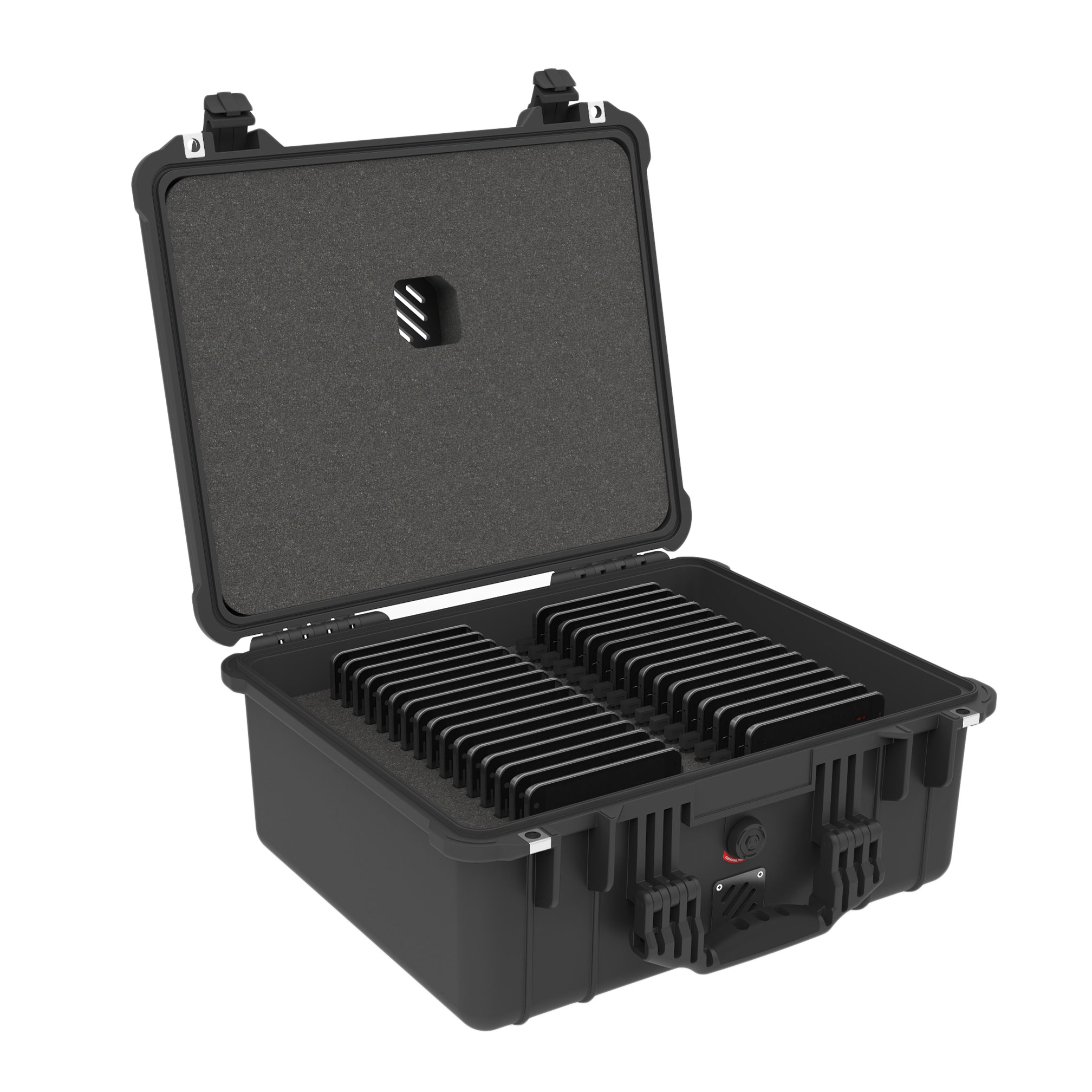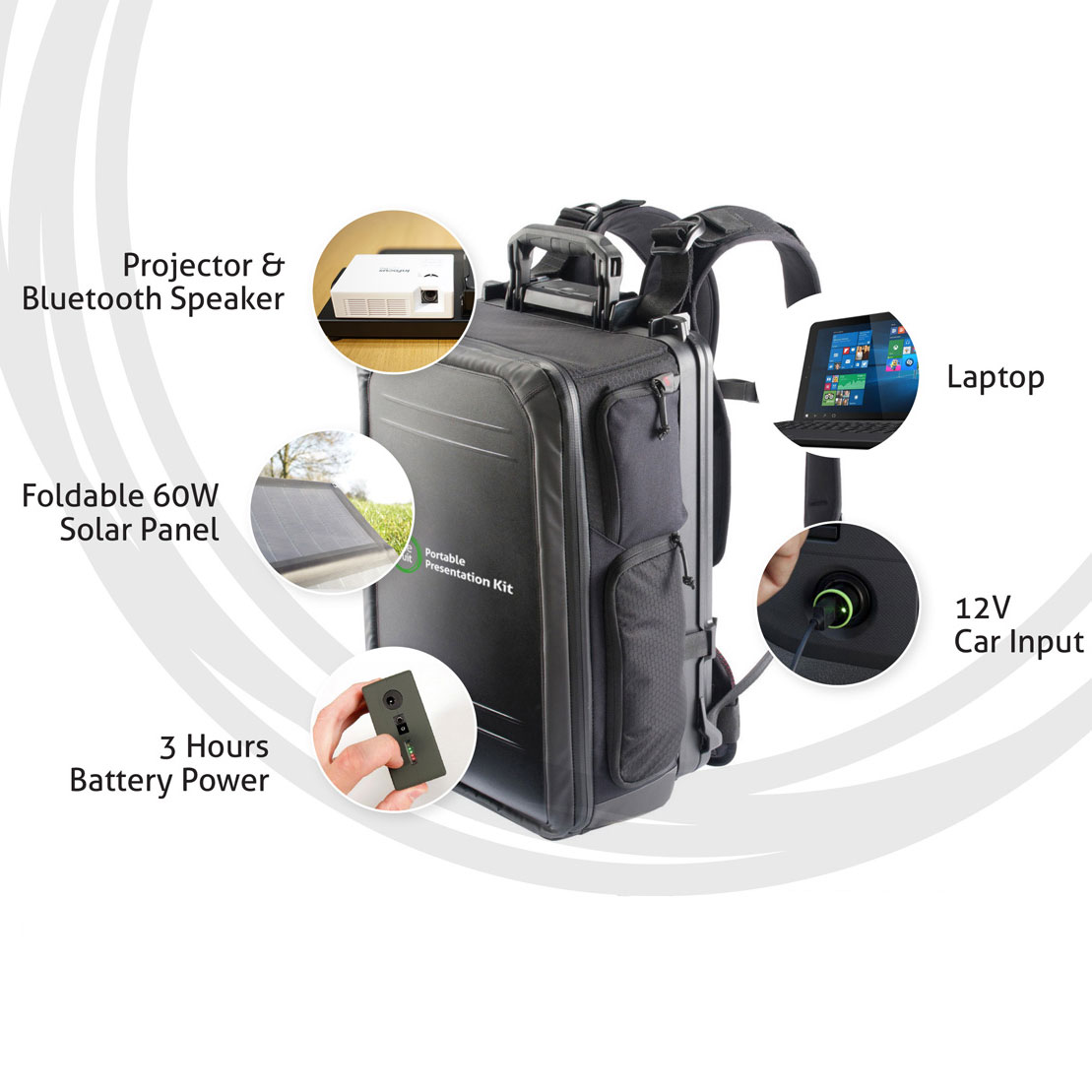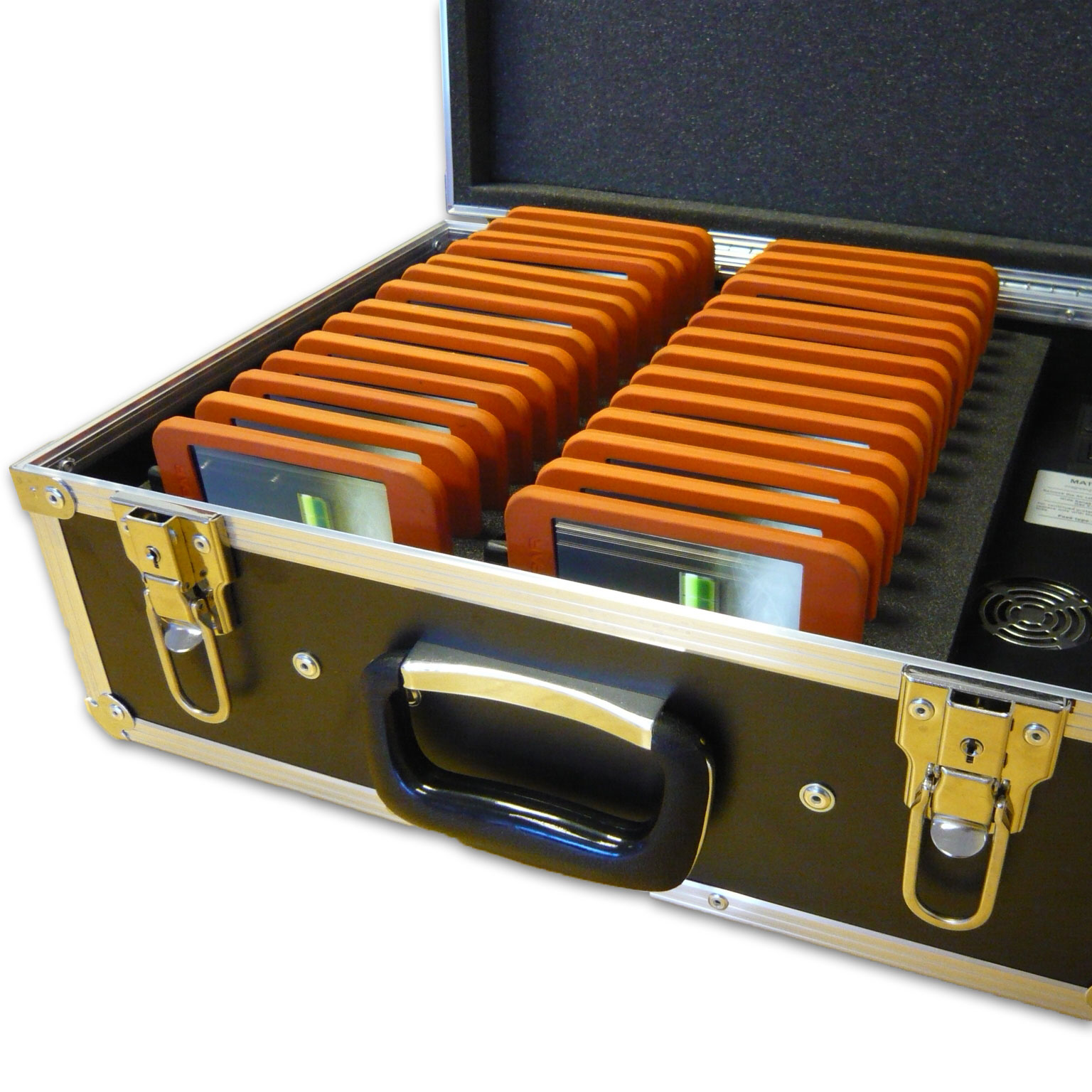
Dragons. Artificially Intelligent Assistants. Screens that react to pressure and not just taps. Together they sound like the makings of a sci-fi story. In reality, though, it’s the story of billions of dollars worth of research and development that have turned iOS devices into powerhouses for the blind and developmentally disabled.
Steve Jobs may have famously touted the campaign slogan “It Just Works” when talking about Macs, but seeing Accessibility on iOS devices is where it’s really impressive.
I recently had the opportunity to attend an Accessibility Workshop at an Apple Retail store. In attendance were nearly 20 deaf, blind and developmentally disabled individuals. What they were able to do with their phones and iPads made me severely question how much I get out of my own devices!
Siri, the talking assistant in all iOS devices, opens up huge control of the iPhone and iPad even without needing the dexterity to handle a phone. Sending texts, replying to emails, opening and closing apps, and even taking selfies are just as a simple as saying “Hey, Siri” or holding down the home button.
One blind man demonstrated how he was able control his entire phone without even having to look at it. VoiceOver and Speak Screen will audibly describe everything on a webpage, app or even the interface. For privacy, blind users can also use headphones and black out the screen.
But that’s just the beginning.
Technology comes built-in that makes the devices open to any one with physical or motor skills. Assistive Touch is a feature that allows a user to pre-program custom gestures on the screen. For example, one tap of your finger on the screen can be a “pinch” or “swipe”, and you only need the one finger to do it. Another accessibility feature, Switch Control, allows you to navigate sequentially through onscreen items.
Deaf users can also utilise unique features like custom vibrations and flashes of the camera- light to communicate notifications on their phone.
Apple has also developed technologies like Guided Access for individuals with Autism or other sensory challenges.
Additionally, iOS Devices are all compatible with a wide-range of external braille interfaces and hearing aids.
And it all comes ready-made in the package. Similar software for a computer could cost into the hundreds of pounds, and even then only offer one or a few of these tools. iOS devices come pre-programmed for easy use for anyone that wants to use it.
And the best part? It just works.



